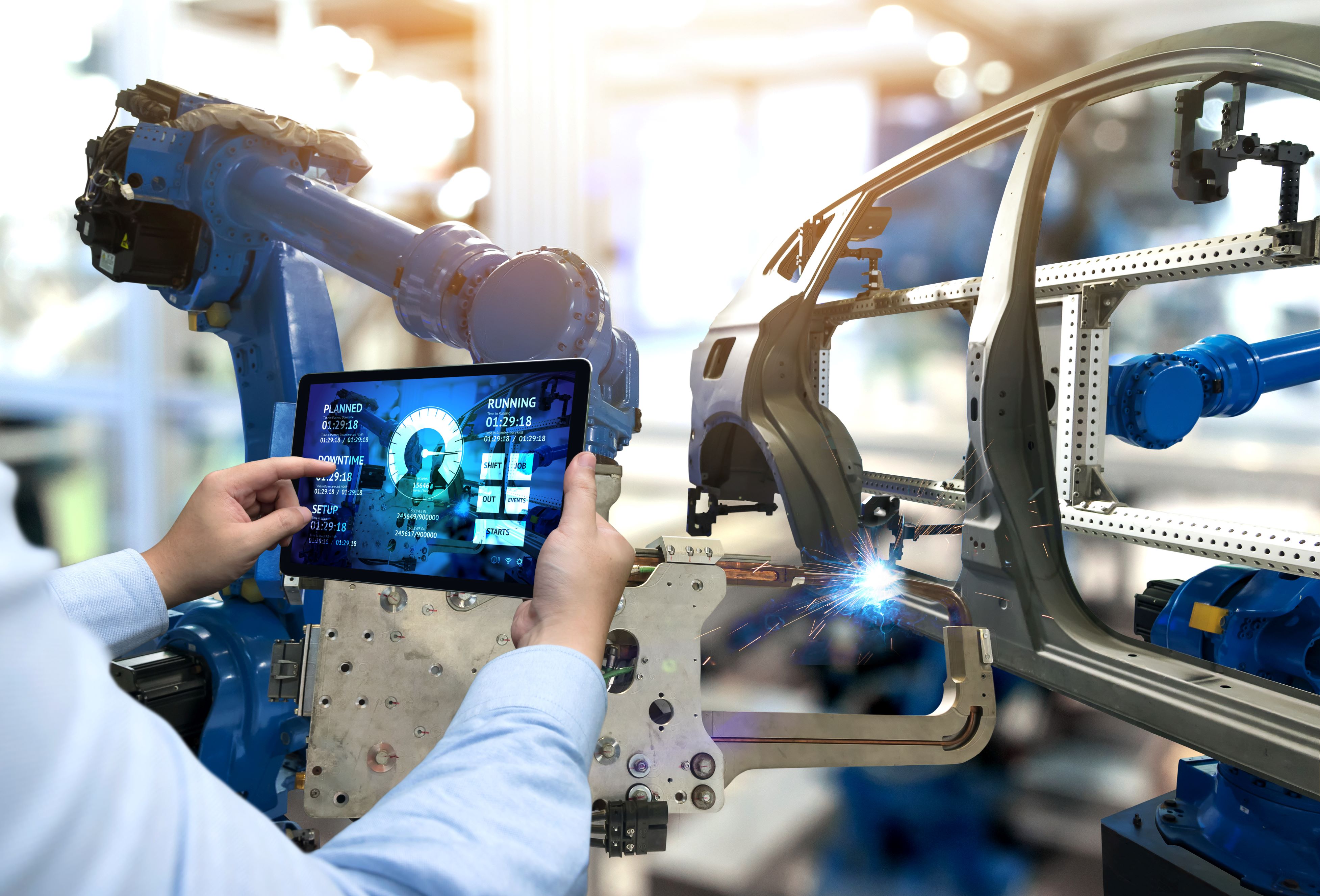
Paul Brooks is the Wales & UK manufacturing trade lead at the Institute of Export & International Trade (IOE&IT). This article first appeared in the SMMT Newsletter.
With the world economy stuttering and the automotive sector coping with multiple challenges at once, there is more focus than ever on international trade and how increased digitalisation of trade can improve supply chain efficiency.
The last few years have been challenging for the UK’s automotive manufacturers. Like all sectors, it has had to deal with Brexit, the pandemic and economic and political uncertainty. But on top of this, it is also coping with several sector-specific challenges, from the transition to electric vehicles to the global semiconductor shortage.
The industry remains upbeat
However, it is an industry full of positive and resourceful people, who always seem to find a way. And despite negative data on sales and output in 2022 and early 2023, current sentiment across the sector remains relatively upbeat.
One common aspect of this broadly positive outlook is the possibilities for international trade. The ambition and drive are there to trade globally, in the face of any obstacles put in the way.
A huge part of the effort to create efficient supply chains is focused on digitalisation. International trade has remained heavily paper-based, with lots of the important documents used today unchanged since the 1700s. But the world of international trade is changing.
It is finally being dragged into the modern era, in the same way manufacturing is doing with Industry 4.0, with the digitalisation of operations and the Internet of Things.
The UK will take some major steps forward this year. The Electronic Trade Documents Bill (ETDB), currently working its way through parliament, marks a major turning point for trade. Under this bill, electronic documentation will essentially be given equal legal status to paper equivalents. This is a major step forward, underpinning other digital trade initiatives that could reshape how exporters and importers operate.
A digital border
The government wants the UK to have a digital border for goods, services and individuals from 2025. This means all trade will need to become digital by then. That presents opportunities for cost efficiencies, reduced errors, stronger security and lower levels of fraud. All of which are to be welcomed by automotive manufacturers with their extensive and complex supply chains.
But it means that, whatever part of the supply chain you operate in, you won’t be doing business the same way in terms of international trade in 18 months.
Companies will need to adapt and get on board with things like the single trade window, which the government hopes to launch as soon as November. This will act as a precursor to the complete digitalisation of international trade.
Of course, the digitalisation of trade for manufacturing business is only part of their wider digital journey. And the trade element may potentially have to play catch up with the digitalisation of their business.
It’s important that those within the automotive manufacturing sector that deal with international trade stay informed, understand the changes happening and take advantage of them. There may be first-mover advantages from being an early adopter and getting
involved in digital trade pilot schemes.
IOE&IT is working with manufacturers to take advantage of digital trade corridors and remove duplication and paperwork from the process. Although until the ETDB is enacted there remain constraints of how far this can go, with some residual reliance on
paper documents.
Trade is the future
There will inevitably be some short-term bumps in the road, but longer-term the situation for UK manufacturers and for the automotive sector is optimistic. Great opportunities exist and are improving as we agree and ratify free trade agreements, such as the one being negotiated with India.
Discussions are also opening with South Korea. So, there will be opportunities. It’s about finding the right niche for the part of the sector you’re in and seizing the moment. But if anyone can make the most of the opportunities and potential that exists,
it’s the UK’s automotive manufacturers.



